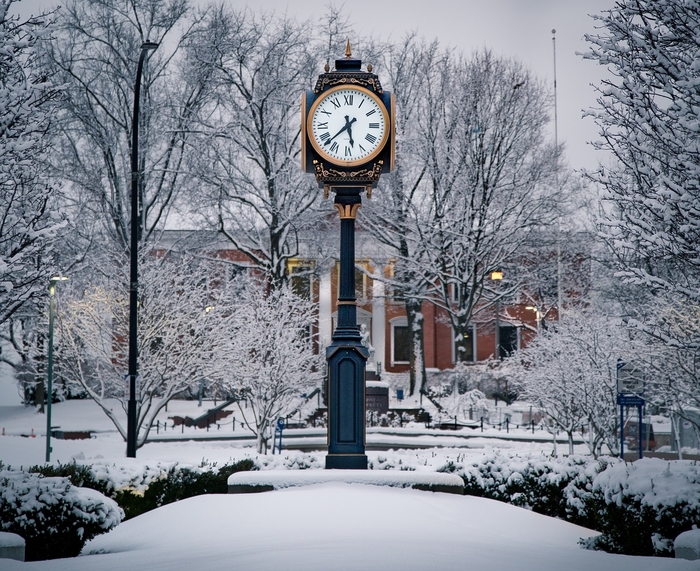Photosensitive alternative splicing of a malt fly circadian clock gene varies between northern and southern populations.
Over the course of a day, most organisms undergo profound changes. Over the course of a season, the changes can be even more dramatic. For example, insects’ responses to the brisk nights and cooler days of fall and winter often involve transformations of both physiology and behavior, including reproduction, activity level, and metabolism. Whether in insects or humans, these daily and seasonal transitions are in part controlled by the internal circadian clock, with the expression of circadian genes responding to rhythmic environmental fluctuations.
Tapanainen et al. wondered how alternative splicing—a common gene regulatory mechanism—of the core circadian gene timeless might be linked to light and temperature in the fly Drosophila montana, a much more cold-tolerant relative of the familiar lab model D. melanogaster. They discovered that in D. montana, timeless splicing is regulated only by the amount of daily light exposure, not by temperature—in contrast to the thermal regulation seen in D. melanogaster. There was also no evidence that northern or southern D. montana had a particular timeless splice variant found in many cold-adapted D. melanogaster populations.
The group also made a peculiar observation: the way timeless splicing was regulated in D. montana differed depending on where the flies originated. For any given number of hours of light per day, if a splice variant was more abundant in flies from northern populations in North America and Europe, it was less abundant in flies from southern populations of the same continents, and vice versa. That the regulation of critical genes can be completely reversed even in two populations of the same species is a reminder of the importance of studying individuals from different populations and regions—perhaps especially in research on something as complex as the circadian clock.
CITATION:
Photosensitive Alternative Splicing of the Circadian Clock Gene timeless Is Population Specific in a Cold-Adapted Fly, Drosophila montana
Riikka Tapanainen, Darren J. Parker, Maaria Kankare
G3: Genes|Genomes|Genetics 2018 8: 1291-1297; https://doi.org/10.1534/g3.118.200050
http://www.g3journal.org/content/8/4/1291













